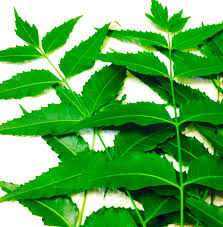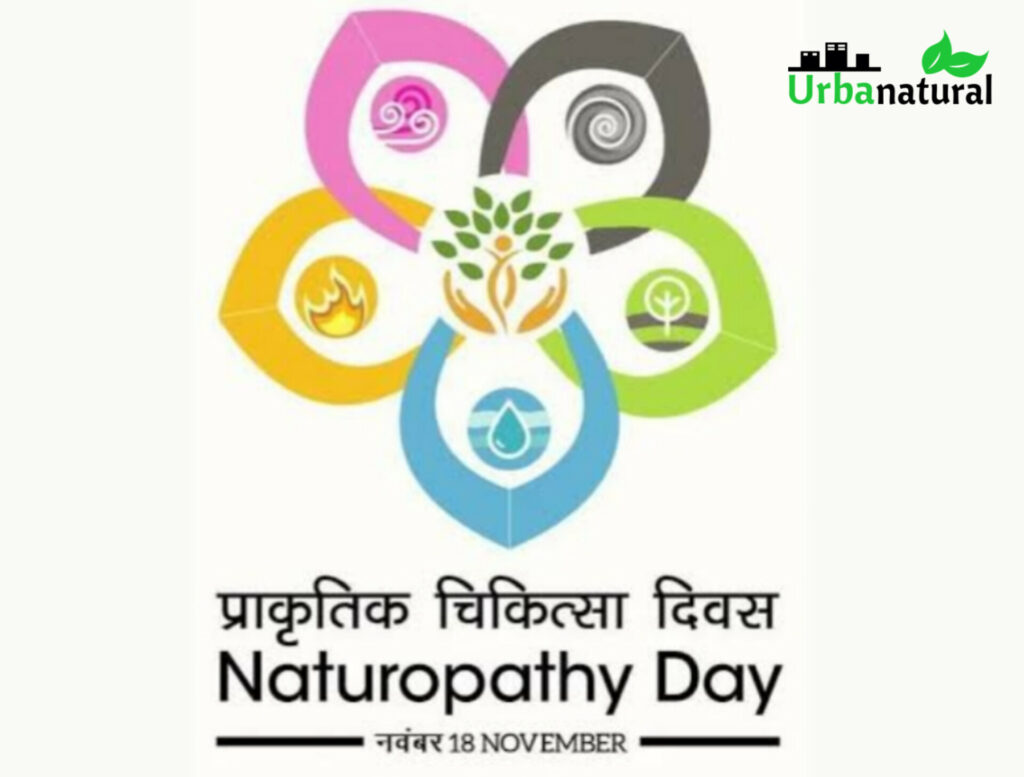In natural medicine, the neem tree (Azadirachta indica) is recognized as an effective treatment for many diseases. It has been used in India for thousands of years. The first records of its use date from as long as 4,500 years ago. As this natural treatment has not been introduced to the Western world until recently, neem has not been researched as extensively in clinical trials as modern medicines are in order to comply with registration requirements.
The list of described therapeutic applications for neem is extensive and the medicinal properties are widely implemented on the Indian subcontinent. The leaf and bark of the tree are commonly used in tea or in oily or aqueous extracts. Neem oil is produced by pressing the seeds or alternatively by soaking the leaves in vegetable oil. These preparations can be used for purposes as diverse as crop protection, insect repellent, treatment of various skin disorders as well as systemic bacterial, viral and fungal infections and for the prevention and treatment of malaria. Preclinical trials have shown that neem acts through two different pathways. One is by directly attacking the causative micro-organisms, the other is by boosting the host’s immune system on both the humoral and the cellular level.8 According to our current knowledge, the use of neem in humans as a prophylaxis for malaria has not been described in published literature.
An additional characteristic of neem oil is that it produces durable, yet reversible birth control. A test was carried out with 20 male members of the Indian army for the duration of a year. Daily oral doses of neem seed oil were administered in gelatin capsules to twenty married soldiers. It took 6 weeks to reach 100% birth control and the effect remained during the entire year of the study. There were no new pregnancies during the trial. The infertility of the men was reversible within 6 weeks after cessation of the daily neem treatment. Preclinical research in male monkeys in India and the United States shows that neem reduces fertility without inhibiting libido or sperm production. Neem oil has further been used as an effective contraceptive in women when taken orally or applied intra-vaginally before sexual intercourse. It is also thought to have a preventive effect against sexually transmitted diseases when used topically before or after intercourse. This effect appears to be mediated by activating the local immune cell population in the vagina, thus increasing the antigen presenting ability which leads to a spermicidal effect.
Numerous studies have been carried out to research the toxicity of neem leaf and bark when taken orally. It was determined in these studies that the neem leaf and bark are very safe to be taken orally, except when taken in large quantities. Neem oil has been researched thoroughly and regulatory agencies in several western countries have found it to be safe when taken in low dosages for a limited amount of time. Some people taking neem seed oil internally experienced abdominal discomfort and nausea. Also consumption of large amounts of raw neem oil has been implicated with decreased liver function. It is yet unclear whether these side effects can be explained by impurities introduced to the oil by low quality manufacturing processes. Further research with pure forms of the seed oil is needed to provide clarity on this matter As neem remains a natural compound with various active ingredients, it is always advised to remain vigilant in its use. As applicable to any medicinal compound, overdosing can potentially be harmful. Such effects are not expected with the homeopathic neem preparation for two reasons. Firstly, the solution is prepared with the neem leaf which has been found safe when used in reasonable quantities. Secondly, the concentrations of the neem leaf are extremely low in homeopathic preparations. Homeopathic medicines are rarely implicated with side-effects.
The Abha Light clinics in Kenya have been using neem in its various forms for the treatment of many different illnesses as it is cheap and easy to get in areas where modern medicines are scarce. The Abha Light Foundation in Nairobi and its 8 affiliated clinics have been treating many patients with homeopathic neem drops since 2000. Amongst others, the clinic has used the homeopathic medicine for the prevention and treatment of malaria. To date, the clinic has had very favourable experiences with this treatment. The cost of production for the homeopathic neem medicine is extremely low, averaging around a few cents USD per 20 ml. bottle which will last one patient up to 2-3 months when the drops are taken prophylactically. Interestingly, the bottle is the most expensive part of the treatment, making up about 60% of the total cost. The cost of one bottle of neem tincture remains well under the price of 0.5 US dollars (₹31.50).
The beneficial properties of neem and the lack of side-effects in this preparation combined with the low manufacturing cost may constitute a locally viable alternative to the more expensive anti-malaria medication. If proven effective as a prophylactic it may provide a much needed answer to the current upsurge in malaria cases in developing countries.





